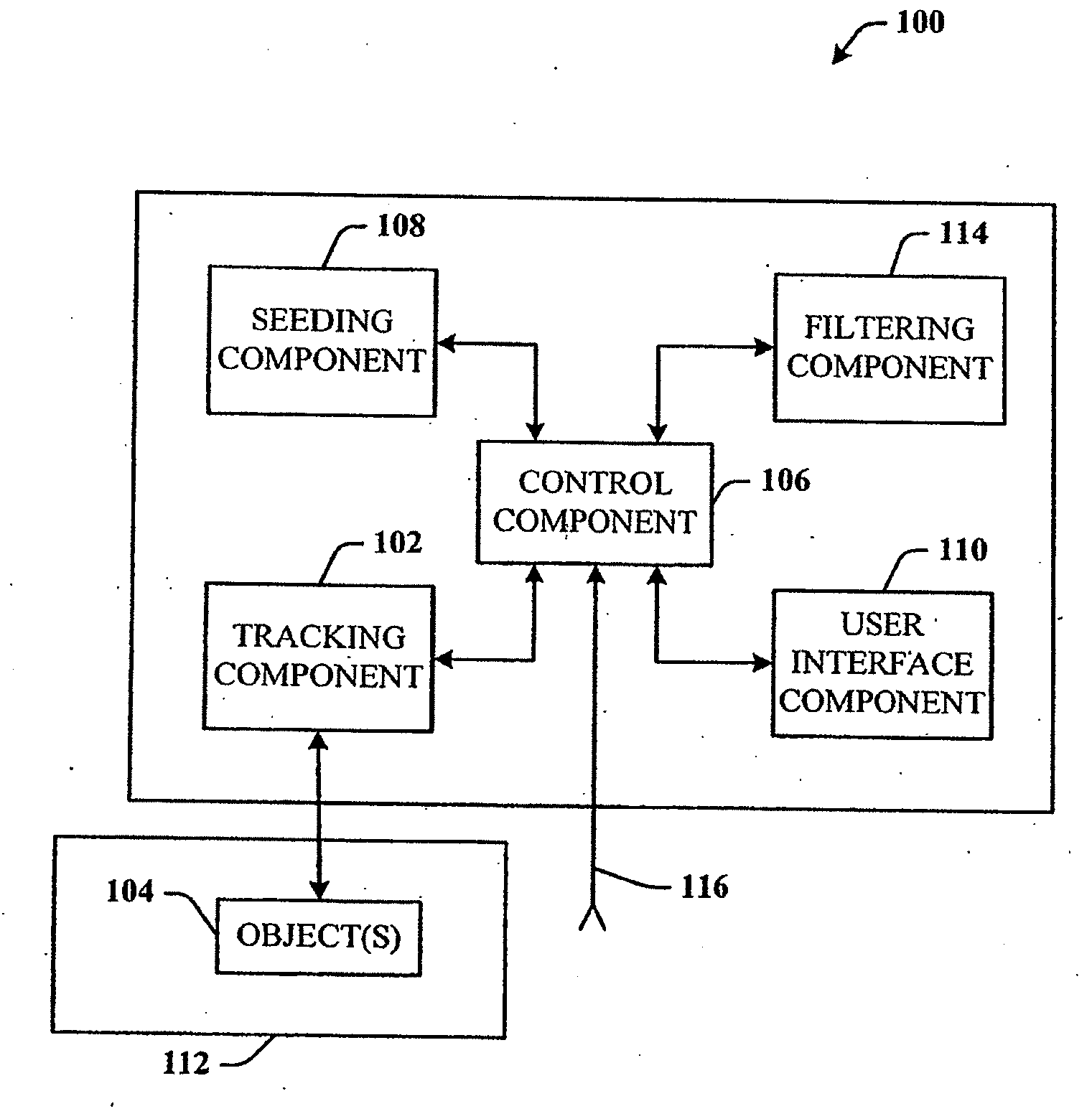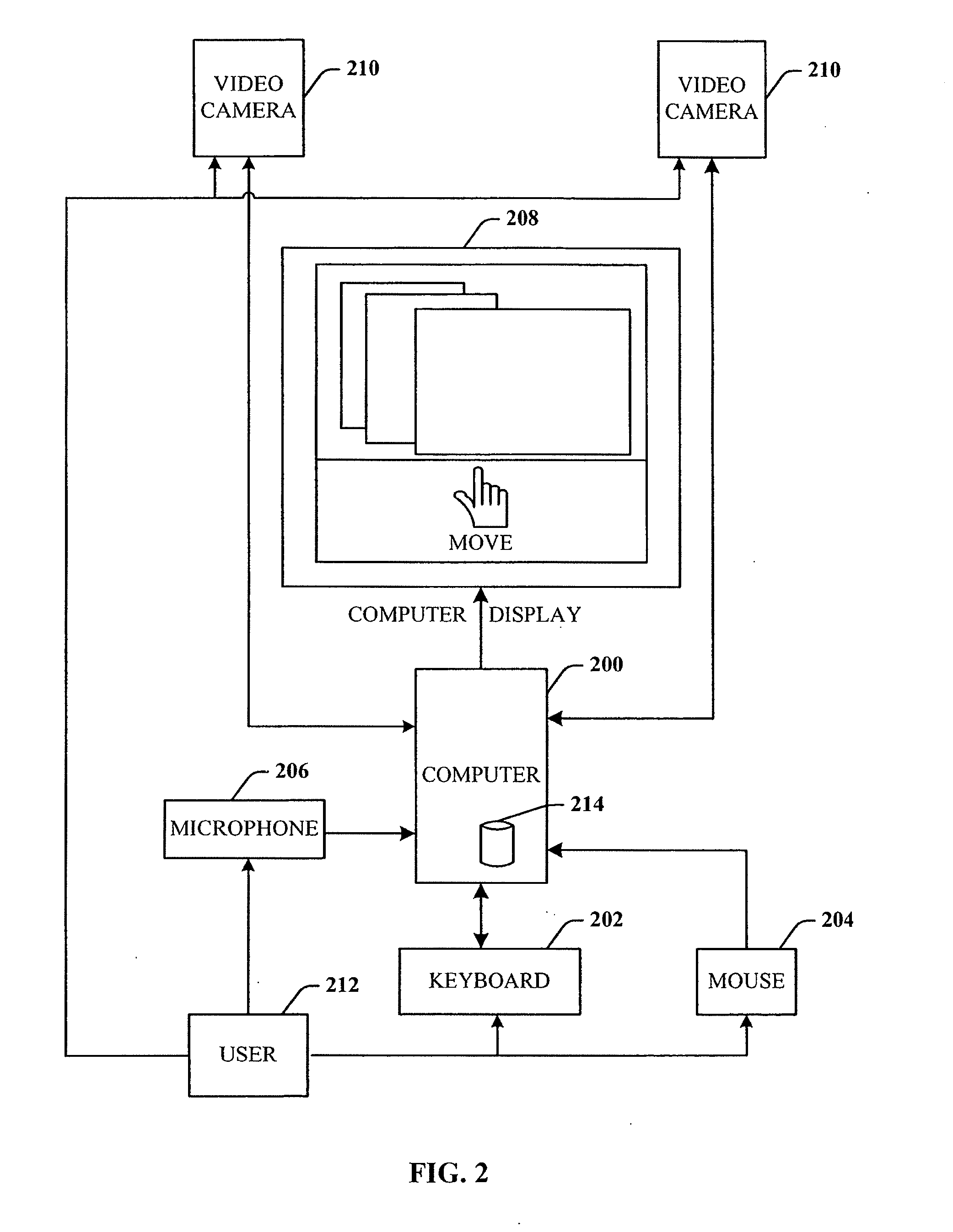System and method for executing a game process
a game and process technology, applied in the field of computer system control, can solve the problems of inconsistent and less precise operation, unsatisfactory traditional computer interface, and inability to meet the needs of a large number of applications, and achieve the effect of facilitating computer control
- Summary
- Abstract
- Description
- Claims
- Application Information
AI Technical Summary
Benefits of technology
Problems solved by technology
Method used
Image
Examples
Embodiment Construction
[0051]As used in this application, the terms “component” and “system” are intended to refer to a computer-related entity, either hardware, a combination of hardware and software, software, or software in execution. For example, a component may be, but is not limited to being, a process running on a processor, a processor, an object, an executable, a thread of execution, a program, and / or a computer. By way of illustration, both an application running on a server and the server can be a component. One or more components may reside within a process and / or thread of execution and a component may be localized on one computer and / or distributed between two or more computers.
[0052]The present invention relates to a system and methodology for implementing a perceptual user interface comprising alternative modalities for controlling computer programs and manipulating on-screen objects through hand gestures or a combination of hand gestures and / or verbal commands. A perceptual user interface...
PUM
 Login to View More
Login to View More Abstract
Description
Claims
Application Information
 Login to View More
Login to View More - R&D
- Intellectual Property
- Life Sciences
- Materials
- Tech Scout
- Unparalleled Data Quality
- Higher Quality Content
- 60% Fewer Hallucinations
Browse by: Latest US Patents, China's latest patents, Technical Efficacy Thesaurus, Application Domain, Technology Topic, Popular Technical Reports.
© 2025 PatSnap. All rights reserved.Legal|Privacy policy|Modern Slavery Act Transparency Statement|Sitemap|About US| Contact US: help@patsnap.com



